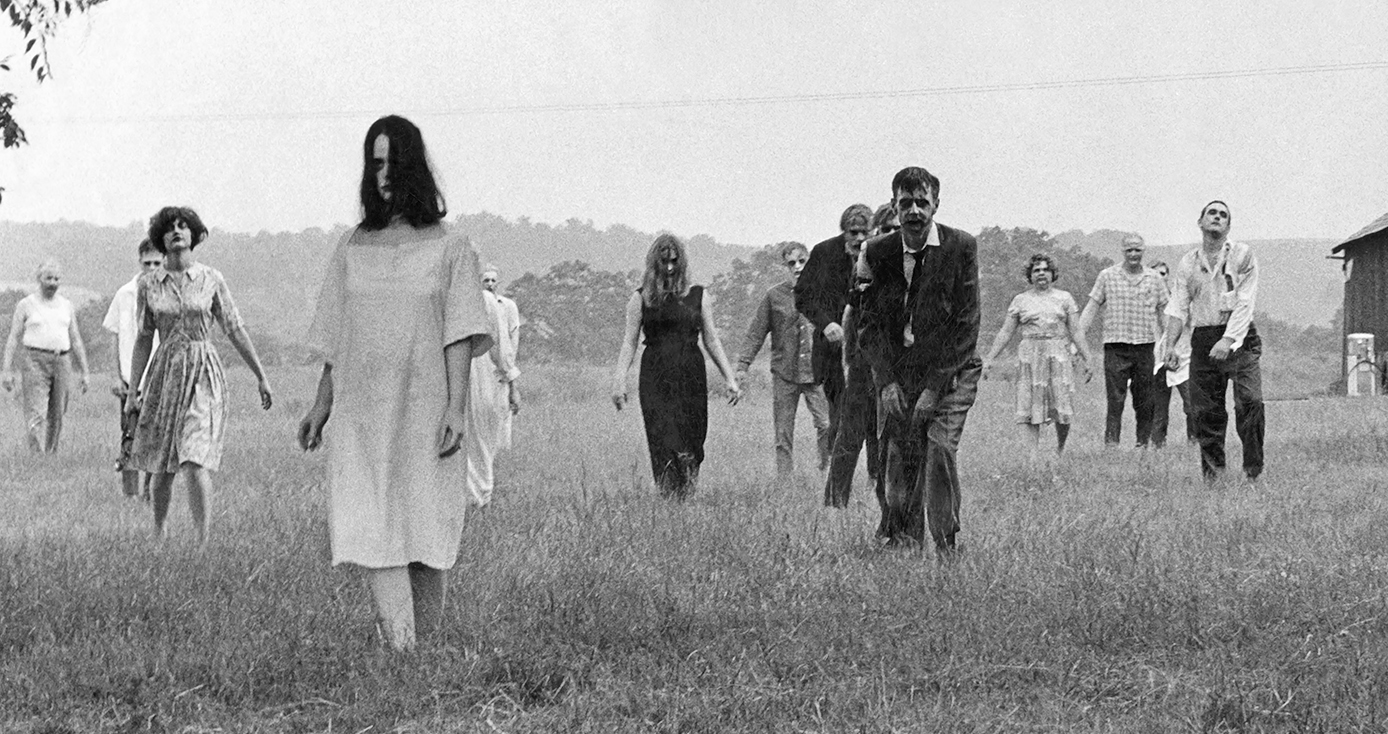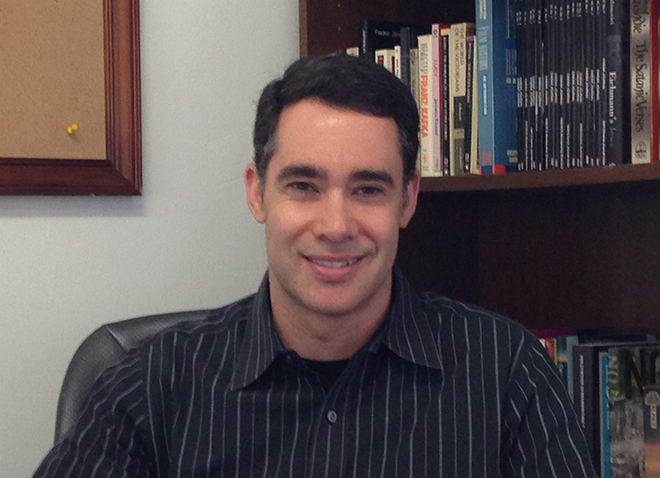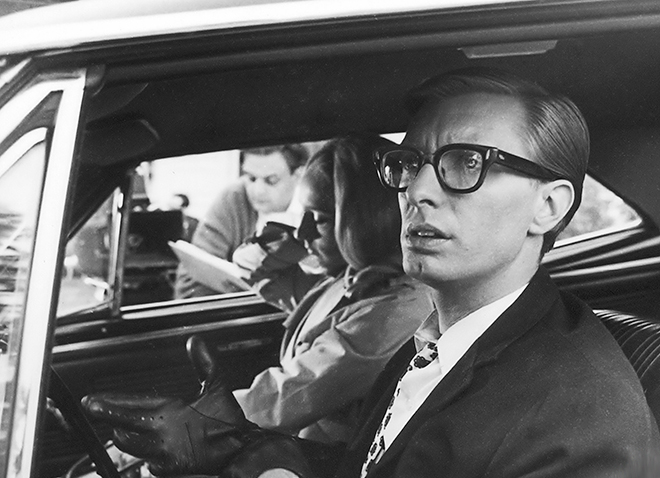
Subscribe to Pittwire Today
Get the most interesting and important stories from the University of Pittsburgh.Romero Lives!
Fifty years ago this week, movie-goers gripped the arms of their seats inside Downtown Pittsburgh’s Fulton Theater on Sixth Street, during the 8 p.m. world premiere of a grisly new horror flick from local director George Romero.
Now, back in the renamed Byham Theatre, a crowd will once again take in the cult classic “Night of the Living Dead” at 7 p.m. Oct. 6 during Romero Lives!, an ongoing celebration of the life and legacy of the man who broke the mold of the contemporary horror film.
“One major thing this film accomplished is that it brought horror to the present tense,” said Adam Lowenstein, Pitt professor of English and film and media studies and member of the Romero Lives! steering committee. “Up until this time, people thought horror was sort of other-worldly and not having to do with our everyday lives. This film changed that.”
The 50th anniversary screening is just one event in a month packed with tributes to the late legendary filmmaker, who is largely credited with creating the independent film industry in Pittsburgh, virtually on a shoestring. Romero had been hoping to participate in the celebration, but he passed away in July 2017.
Lowenstein, who began his Pitt career in 1999, applied to the Pitt Humanities Center in 2016 for a senior faculty fellowship to help him coordinate film screenings and panel discussions related to the 50-year milestone. Pittsburgh Mayor Bill Peduto’s office got wind of his work, as well as what other organizations were planning, and all parties then began to collaborate on the celebration. Prior to the Oct. 6 film screening, which will be shown in 4K restoration, all living members of the original cast and crew will take the stage.
“Night of the Living Dead” was Romero’s first feature film and was shot in the Pittsburgh area. A rural farmhouse and cemetery in Evans City, Butler County, served as a key locale as a group of seven people barricade themselves in the house, trying to fend off a horde of approaching flesh-eating zombies. The film’s budget: $114,000.
And the fact that it was shot in Pittsburgh and not Hollywood, said Lowenstein, was kind of appropriate.
“Most people thought of it as a gritty, grainy film that came directly from the underground,” said Lowenstein.
In an ironic twist, even though Romero and his team were professional filmmakers, they knew little about the business of film. It was marketed without a copyright and was distributed willy-nilly. The upside: It was constantly being shown at many venues.
The downside: No one made a dime.
However, the movie made its mark, grossing $30 million, according to IMDB.com.
Lowenstein attributes its success to its being a commentary about 1968 in America just as much as a horror film. He said it was sort of a manifesto tied to the turbulent Vietnam war years when America was riddled with racial strife.
“This is the world we live in. This is what it feels like. So what is the establishment going to do about it?” he said.
It was also very rare in 1968 for a film to have a Black lead actor, especially one who figures significantly in the story’s climactic ending. The temper of the times, said Lowenstein, gave the film cultural and political importance.
Lowenstein, who began watching horror flicks as a child and feels as though he “grew up with the genre,” frequently screens the film for his students.
When doing so, he explains to them what he calls the pure genius behind the movie.
“As time goes on, we see that the enemy is not the zombie. It’s ourselves,” he said. “Because we can’t get along and see the differences in one another, we’ll be replaced by a new social order that has no room for social differences. Zombies don’t care if you are Black or white, a man or woman or politically left or right. They’re all together for their cause. Until we can figure that out, we’ll always be vulnerable to a threat like the zombie.”
Lowenstein said while the grainy low-budget movie may seem tame to some young viewers today, the film generates a real fear that the world we live in is so dangerous that no one will survive.
And a certain shock value still remains.
Said Lowenstein: “Flesh-eating still packs a punch.”




